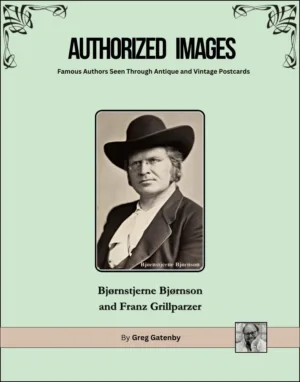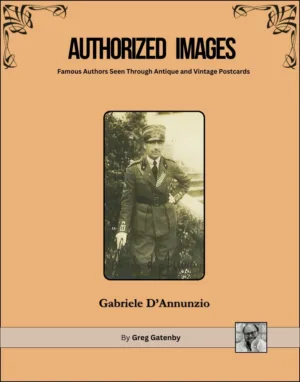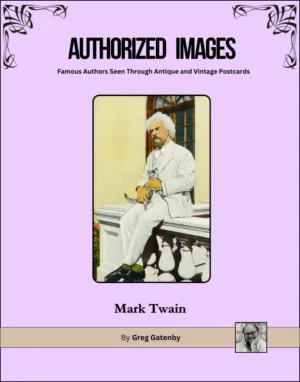Book of the Century (1814-1918)-Free Sample-Chapter 10
$0.00
Book of the Century (1814-1918): Prussia Inches towards German Unification and Subsequently Evolves as a World Power
What follows is a sample chapter from an early part of Book of the Century, a massive project on which I have been working since the 1990’s. If you enjoy the way I narrate history then be aware the whole book is written in like manor.
Moreover, note that the final book will contain over 5,000 illustrations—most of which have never before appeared in any book about the Great War, or in any volume addressing the events and people that played some part in what ultimately erupted as World War One. If you would like to see more—indeed, if you would like to see the book completed, kindly consider making a donation.
Differing from the majority of accounts regarding the global catastrophe, This Book eloquently traces the origins of the Great War back 1,900 years to the epic battles between the Caesars of the Roman Empire and the Teutonic peoples of the region then known as Germania.
Subsequently, this Book delves more deeply into the personalities and events that unfolded after Napoleon’s defeat at the Battle of Waterloo.
Product Description
Award-winning author Greg Gatenby has written a compelling and comprehensive account of the social, political, diplomatic, and military events which, in combination, led to World War One. Unlike most histories of that global catastrophe, Gatenby recounts (in seductive prose pitched to the lay person) how the origins of the Great War go back 1,900 years to the huge battles between the Caesars of the Roman Empire and the Teutonic peoples of what was then called Germania. Then he concentrates more fully on the personalities and events following the defeat of Napoleon at the Battle of Waterloo. After that famous fight, Europe experienced approximately a century of peace, a period interrupted only by occasional—and very brief–fighting between neighbouring nations. Of course, essential to this tale is the rise of the United States and Japan as Great Powers. Having illuminated the people and causes behind the eventual declaration of a planet-wide war in 1914, Gatenby then offers a history of that conflict in a refreshing manner which excludes the minutiae of standard military accounts in lieu of concentrating of the key elements which led to advances and setbacks for both sides. And to help the reader comprehend the gigantic cast of characters and the many geographical sites important to the story, he includes the results of his unique access to a massive archive of vital images previously unavailable to any historians.
These pictures, of which there are thousands throughout the book, make it so much easier for readers to follow the evolution of the First World War (and its resolution) while simultaneously delighting the eye with often beautiful antique images never seen before in any other volume. Gatenby’s history is also extraordinary in highlighting two facets of history rarely mentioned in most history books addressing the Victorian era and WWI: the importance of women and their powerful influence throughout this hundred-year period, and the singular role of brilliant engineering in improving the capacity of railways, ships, motors, aircraft, and weapons which made the Great War so costly in blood and treasure. There has never been a book of this immensity which so successfully treats so many topics in such an accessible, indeed, intriguing and inviting manner. It is not just another history book. It is The Book of the Century.
Related products
-

Authorized Images: Two French 19th Century Immortals- Alexandre Dumas, Gustave Flaubert
$14.99 Add to cart -

Authorized Images: Two Continental European Literary Masters- Bjørnstjerne Bjørnson, Franz Grillparzer
$4.99 Add to cart -

Authorized Images: Gabriele D’Annunzio
$19.99 Add to cart -

Authorized Images: Mark Twain
$19.99 Add to cart



Reviews
There are no reviews yet.